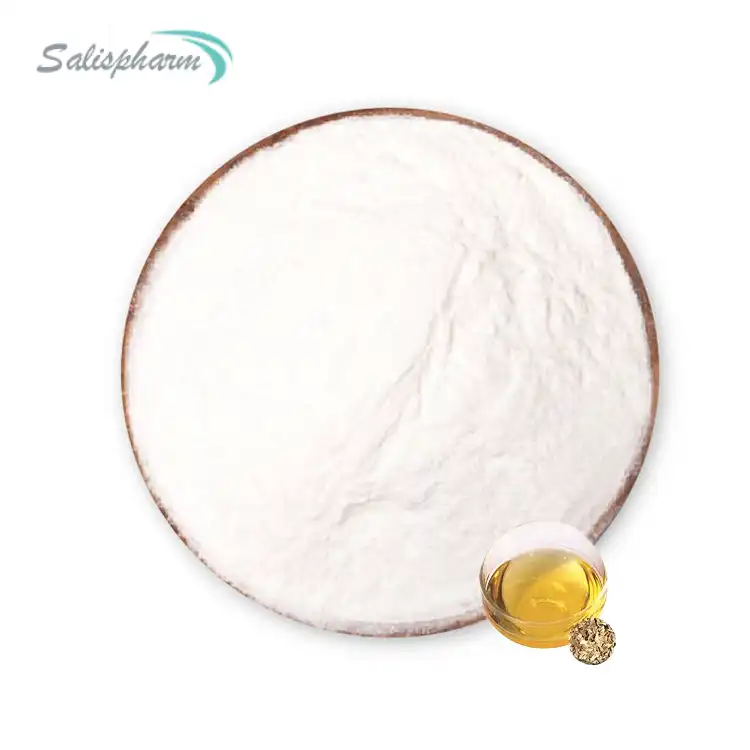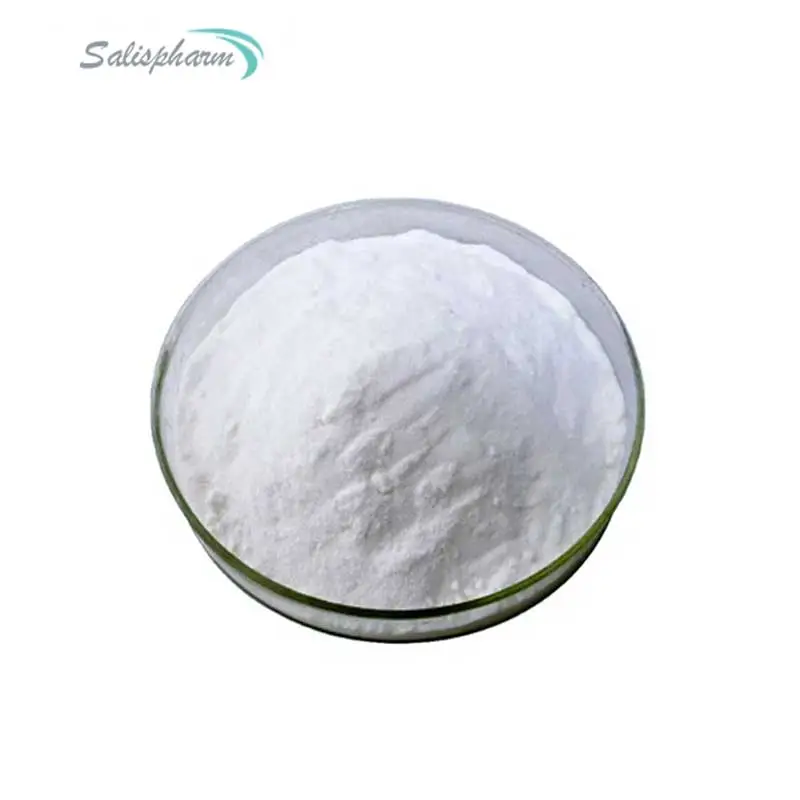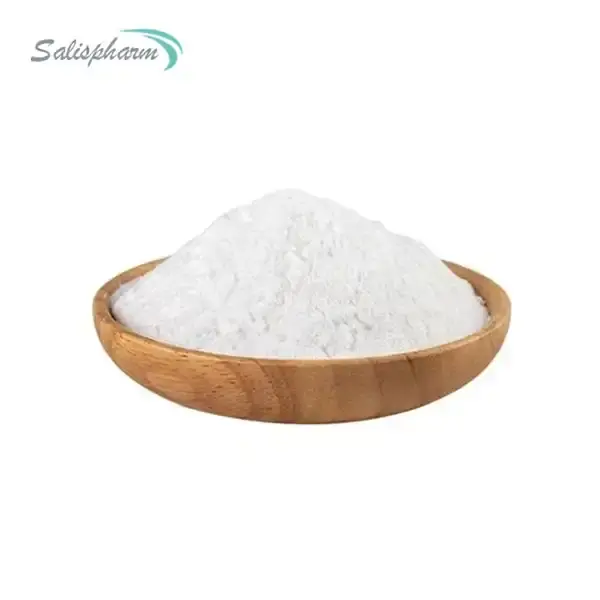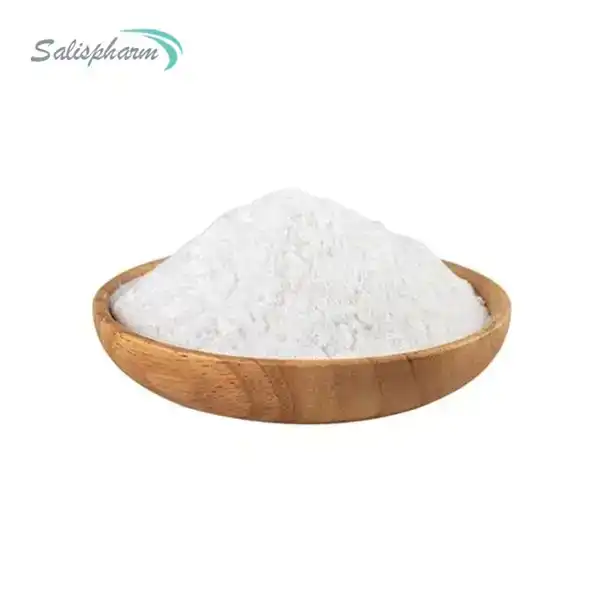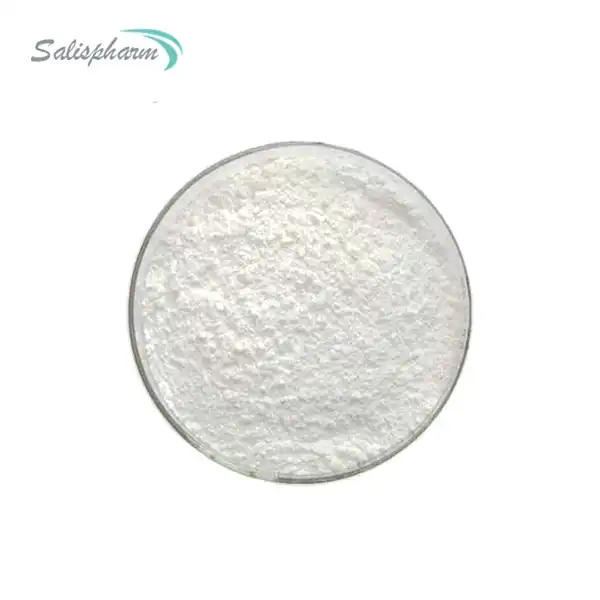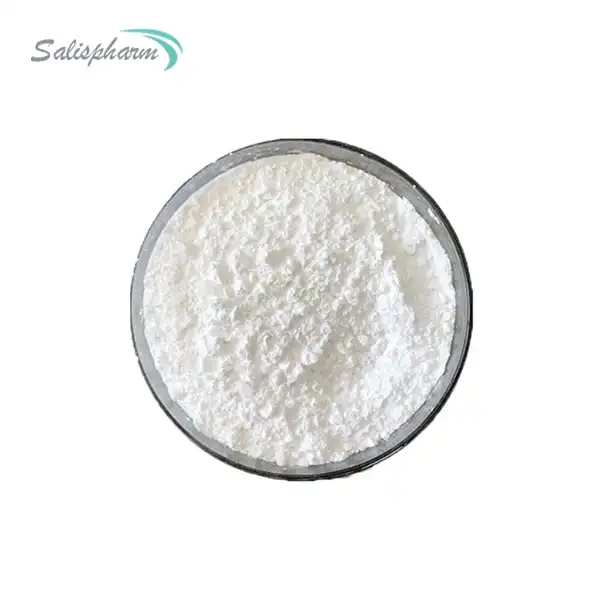Understanding how to properly mix tirzepatide powder is essential for patients prescribed this medication. An innovative treatment for type 2 diabetes and obesity is tirzepatide. The objective of this blog is to give far reaching guidance on the most proficient method to appropriately plan and control tirzepatide powder with the goal that patients can benefit from their treatment.
What Is Tirzepatide Powder and How Does It Work?
Tirzepatide is a dual agonist of both the glucagon receptor and the glucagon-like peptide-1 receptor (GLP-1 RA). It works by impersonating the activity of incretin chemicals, which animate insulin emission and restrain glucagon discharge, subsequently lessening glucose levels. Furthermore, tirzepatide stifles hunger and advances weight reduction, making it an important treatment choice for people with type 2 diabetes and stoutness. Understanding the component of activity of tirzepatide is pivotal for patients and medical services suppliers to completely see the value in its restorative advantages.
Tirzepatide is an original medicine that has shown promising outcomes in clinical preliminaries for the administration of type 2 diabetes and heftiness. It focuses on numerous pathways engaged with glucose homeostasis and energy balance, coming about in improved glycemic control and weight decrease. Tirzepatide enhances insulin secretion, suppresses glucagon release, reduces appetite, and increases energy expenditure by acting as a dual agonist for the GLP-1 and glucagon receptors.
How Should Tirzepatide Powder Be Mixed for Administration?
Tirzepatide powder should be properly mixed to ensure accurate dosing and maximum efficacy. The powder is normally given in single-portion vials and requires reconstitution with sterile water before organization. In this section, you'll learn how to mix tirzepatide powder step by step, how to clean your hands, how to prepare the injection site, how to reconstitute, and how to administer it. In addition, we will address common inquiries and concerns about the mixing procedure, such as how to store the reconstituted solution and how to dispose of the used materials in the right way.
Before beginning the mixing process, it is essential to follow proper hand hygiene protocols to prevent contamination. Wash your hands thoroughly with soap and water or use an alcohol-based hand sanitizer. Gather all necessary materials, including the tirzepatide powder vial, sterile water for injection, a syringe with a reconstitution needle, and an alcohol swab.
1. Remove the plastic cap from the tirzepatide powder vial and clean the rubber stopper with the alcohol swab. Allow it to dry.
2. Draw the appropriate amount of sterile water for injection into the syringe, as specified in the product instructions.
3. Slowly inject the sterile water into the tirzepatide powder vial by gently pushing the plunger down. Avoid forceful injection, as it may cause foaming or bubbles.
4. Gently swirl the vial until the powder is completely dissolved, and the solution is clear. Do not shake vigorously, as this may cause foaming or precipitation.
5. Inspect the reconstituted solution for any particulates or discoloration. If present, do not use the solution and consult your healthcare provider.
Once the tirzepatide solution is properly reconstituted, it is essential to follow the administration guidelines provided by your healthcare provider or the product instructions. This may involve using a new sterile syringe and needle for injection, selecting the appropriate injection site (e.g., abdomen, thigh, or upper arm), and administering the correct dose.
After administering the dose, properly dispose of all used materials, such as needles and syringes, in a sharps container or according to local regulations for medical waste disposal. Discard any unused reconstituted solution as well, as it should not be stored for future use.

What Are the Best Practices for Storing Tirzepatide Powder?
Keeping up with the steadiness and trustworthiness of tirzepatide powder is fundamental to guarantee its viability and security. Legitimate capacity rehearses assume a vital part in safeguarding the power of the medicine and broadening its time span of usability. This piece of the blog will examine ideal capacity conditions for tirzepatide powder, including temperature and stickiness prerequisites, insurance from light openness, and capacity term after reconstitution. We'll likewise address capacity contemplations for patients who might have to travel or store their medicine in various conditions, guaranteeing they can keep up with consistence with treatment regimens without compromising item quality.
Tirzepatide powder should be stored in its original container at refrigerated temperatures between 2°C and 8°C (36°F and 46°F). Protect the vials from light by keeping them in the original packaging or storing them in a light-resistant container. Avoid exposing the powder to excessive heat, moisture, or direct sunlight, as these conditions may compromise its stability and potency.
Once reconstituted, the tirzepatide solution should be used immediately or within a specified time frame, typically within a few hours, as outlined in the product instructions. Any unused reconstituted solution should be discarded and not stored for future use, as its stability and sterility cannot be guaranteed.
For patients who need to travel or store their medication in different environments, it is essential to follow the manufacturer's guidelines for temporary storage conditions and duration. In general, tirzepatide powder should not be stored at room temperature for extended periods, as this may affect its stability and potency.
If you have any concerns or questions about storing your tirzepatide medication, consult your healthcare provider or pharmacist for guidance.
Conclusion
To ensure that patients receive the maximum therapeutic benefits from this medication, it is essential to mix the powder of tirzepatide appropriately. Patients and healthcare providers can maximize the efficacy and safety of tirzepatide therapy in the management of type 2 diabetes and obesity by comprehending its mechanism of action, adhering to proper mixing procedures, and implementing best storage practices.
It is crucial to follow the detailed instructions provided by healthcare professionals or the product information to ensure accurate reconstitution and administration of tirzepatide. Proper hand hygiene, aseptic technique, and disposal of used materials are essential to prevent contamination and ensure patient safety.
Tirzepatide powder's integrity and potency can only be preserved by adhering to storage guidelines and monitoring expiration dates. If a patient has any questions or concerns about how to mix, administer, or store this medication, they should not hesitate to talk to their doctor or pharmacist.
By following these prescribed procedures, patients and medical care suppliers can advance the remedial advantages of tirzepatide and add to improved glycemic control and weight the board in people with type 2 diabetes and stoutness.
If you are also interested in this product and want to know more product details, or want to know about other related products, please feel free to contact iceyqiang@gmail.com.
References:
1. "Tirzepatide: A Novel GLP-1 Receptor Agonist for Type 2 Diabetes and Obesity" - Diabetes Care Journal.
2. "Clinical Pharmacology and Therapeutic Use of Tirzepatide" - Journal of Clinical Endocrinology & Metabolism.
3. "Instructions for Use: Tirzepatide Powder for Injection" - Eli Lilly Pharmaceuticals.
4. "Reconstitution and Administration of Injectable Medications: Best Practices" - American Society of Health-System Pharmacists.
5. "Storage Stability of Reconstituted Tirzepatide Solution" - Pharmaceutical Development and Technology Journal.
6. "Patient Education and Counseling on Proper Medication Administration" - International Journal of Clinical Pharmacy.
7. "Safety and Efficacy of Tirzepatide in Type 2 Diabetes: Clinical Trials Overview" - Diabetes, Obesity & Metabolism Journal.
8. "Optimizing Treatment Adherence in Diabetes and Obesity Management" - Journal of Diabetes Research.
9. "Pharmaceutical Packaging Considerations for Injectable Powders" - Drug Development and Industrial Pharmacy Journal.
10. "Guidelines for Safe Handling and Administration of Injectable Medications" - Centers for Disease Control and Prevention.

